A continuing theme throughout Apple's history, from early years of Steve Jobs to today, has been education. AppleInsider examines the efforts — some successful, some not — to appeal directly to the education market.
On Tuesday, Apple is scheduled to host its event at the Lane Tech College Prep High School in Chicago, where the company says it will share "creative ideas for teachers and students." The event is expected to include the introduction of a new, possibly less expensive iPad, while also touting the Swift programming partnership that Apple launched last year with Chicago Public Schools and the City Colleges of Chicago.
The event Tuesday is far from Apple's first foray into the education market, as even in Apple's earliest days, schools have been a major customer and partner for the company's computers.
The Apple II Goes to school
In 1978, Apple made a deal with the Minnesota Education Computing Consortium (MECC), in which it supplied 500 computers for that state's schools. The deal, which came at the conclusion of a lengthy bidding process, allowed schools in that state to purchase the computers directly from MECC. By 1982, MECC was the largest seller of Apple computers.
Steve Jobs said in an interview with the Computerworld Smithsonian Awards Program in 1995 during the NeXT Computer era, that "one of the things that built [the] Apple II was schools buying Apple IIs."
Following a failed effort in Congress to pass a massive tax credit in the waning days of the Carter administration to enable nationwide donations of computers, Apple turned to California. After the state's governor signed a bill in 1982 to grant a tax credit, the company donated Apple IIe computers to around 9,000 schools in its home state.
The proliferation of these computers in schools helped Apple get an early foothold in the education market. Later in the Smithsonian interview, Jobs said that "I've helped with more computers in more schools than anybody else in the world," but noted that machines can't make as much of an impact on students' lives as "a person," meaning a teacher or parent, can.
Enter the Mac
Apple made its next big education push with the introduction of the Macintosh in 1984. Apple made a huge effort to get Macs into colleges, reaching deals with 24 top universities, including the entire Ivy League, Jobs said in an interview at the time. While the reception of the original Mac was mixed at the time, Macs became a big presence at universities, and they would remain one for decades.
After disagreement of how much to cater to the education market was part of his dispute with CEO John Sculley, Jobs left Apple in 1985. He went on to found NeXT Computer, whose signature workstation product was specifically aimed at educational institutions.
During Jobs' years away, Apple introduced the eMate 300, a personal digital assistant for the education market, featuring a stylus and touchscreen interface, and touted as "designed to take the rugged lifestyle of a student's computer in K-12 secondary education."
The eMate hit the market in the spring of 1997 as a much lower-cost alternative to the PCs of the time. But the product ended up lasting less than a year on the market.
Jobs returned to Apple when the company acquired NeXT in 1997. One of the first things he did was kill the Newton, and with it, the eMate. Then came the Power Macintosh G3 All-In-One, commonly called the "molar," which arrived in the spring of 1998 with the same computing architecture and components as the Beige G3 tower and desktop.
But, as with the eMate, Jobs killed it a year later. The colorful, all-in-one Bondi 233 Mhz G3 iMac followed, a familiar shape that would anchor computer labs for years to come.
Also in 1999, Dell overtook Apple as the top seller off computers to educational institutions in the U.S. Two years earlier, Jobs had famously trashed Dell CEO Michael Dell and his product, placing a target over his face and declaring "we're coming after you, buddy."
Jobs held the grudge until at least 2006, when Apple's stock valuation overtook Dell's.
Apple, Education and the New Millennium
In 2001, Apple announced the $62 million acquisition of PowerSchool, described as "the leading provider of web-based student information systems for K-12 schools and school districts." Apple sold PowerSchool to Pearson in 2006 after doing little with it, as part of an expanded partnership between the companies on textbooks. A PowerSchool Mobile app is available in the App Store.
In the shadow of the relatively expensive iMac G4, Apple unveiled the eMac, a desktop computer specifically aimed at the educational market in 2002. It later grew so popular that it was sold to the mass market for a few years. Several models of the eMac, including the launch 700MHz and 800MHz models, were plagued with substandard capacitors like most of the consumer electronics of the day.
Apple took a different tack a few years later, when it began selling white polycarbonate MacBooks to the educational market, after they had been phased out from the general public. The white MacBooks were finally taken off the market for new sales in 2012 — but were provided to schools to fulfill contracts through 2015.
In Recent Years...
When the iPad was unveiled in 2010, Apple began strongly touting its educational uses, with various school districts around the country buying iPads the way they had early Apple computers, decades before. Most of the programs were unqualified successes, despite being generally more expensive than the competition.
One program in the Los Angeles Unified School District spectacularly failed, but not by Apple's hand directly. The plan to buy iPads for every student in Los Angeles was a high-profile debacle mostly because of mismanagement by the school district and content provider Pearson, resulting in the program's termination.
Look to the past to predict the future
Apple held an education event, similar to this week's in New York back in 2012, when it debuted iBooks 2 for the iPad. Apple debuted its Classroom app, meant to provide a toolset to teachers, in 2016, along with iOS 9.3.
On Apple's education website the company touts all of the things Apple's products can do in the classroom. The photos on the site are very iPad-heavy — there's only one Mac visible on the landing page, and even it is only used for device management. In his time as Apple CEO, Tim Cook has often been a visitor to schools that utilize Apple technology.
There have been indications that Apple's products have fallen out of favor in classrooms. A report by FutureSource Consulting in 2017 found that Apple's devices have fallen to third place, behind Google Chromebook and Microsoft Windows, in present classroom usage. The low cost of those devices, compared to the more costly — and more theft-prone — Macs and iPads, are seen as the main driver for the plunge.
Districts that have selected Apple products as an underpinning for an educational strategy cite their easy deployment and low support burden as benefits to the program, despite being up to three or four times more per seat than a Chromebook or similar outfit. Unless donated, Apple's products have never been inexpensive — but Tuesday's event might narrow the gap a bit.
 Stephen Silver and Mike Wuerthele
Stephen Silver and Mike Wuerthele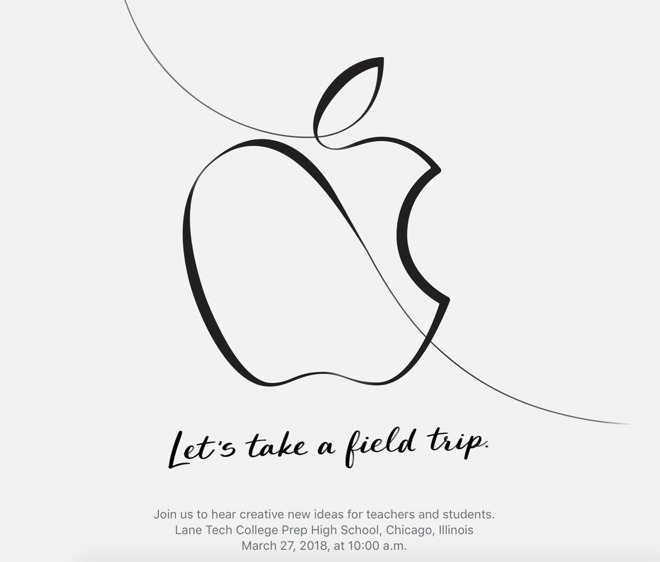
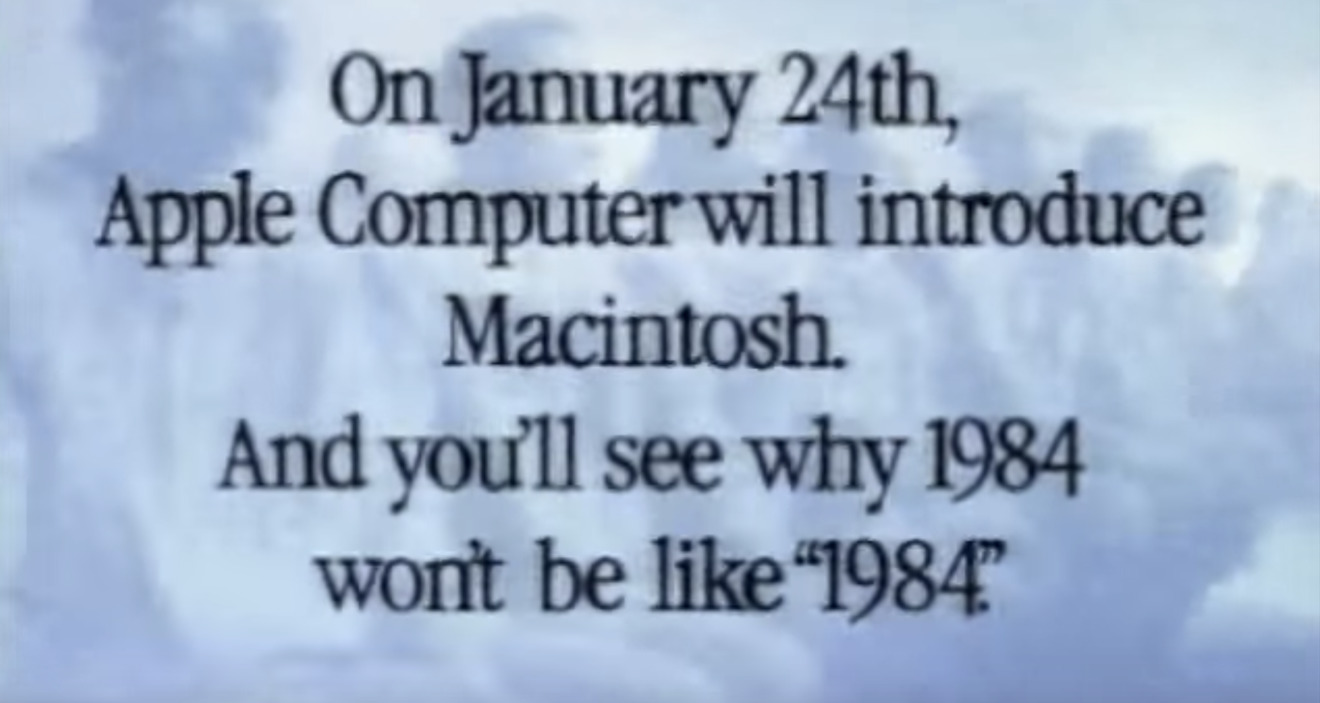
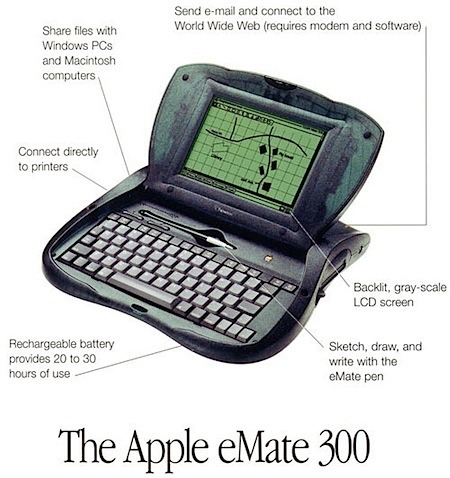
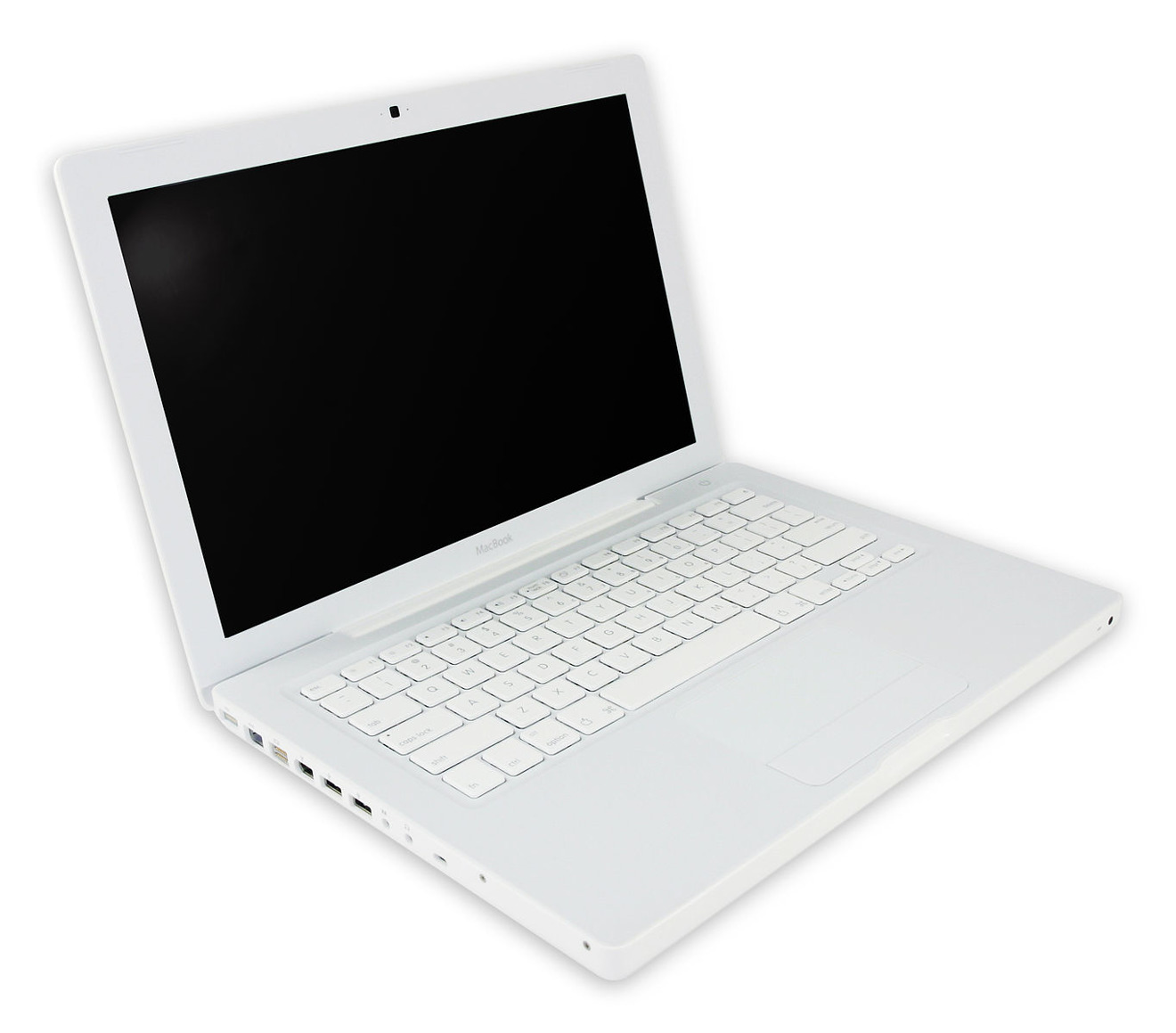








-m.jpg)






 Brian Patterson
Brian Patterson
 Charles Martin
Charles Martin


 Malcolm Owen
Malcolm Owen
 William Gallagher
William Gallagher
 Christine McKee
Christine McKee
 Marko Zivkovic
Marko Zivkovic

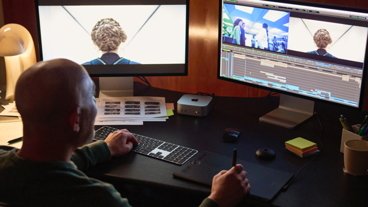






12 Comments
Good high level overview of Apple's education efforts. If you are interested in a behind-the-scenes example of Steve's interaction with members of the Apple University Consortium, you will enjoy this story.
Pretty sure that LAUSD debacle was more about the $$ for building out the tech infrastructure in the schools than anything else. They either didn't have the money or it would take too long or both.
How embarrassing for Apple. It's looks like Chromebooks will own education for the next 20 years. Oh, well... If Apple doesn't want to take the necessary effort to dominate a market, there's nothing that can be done about it. Might as well not even bother to try. Using those charts, Apple should easily be able to find out exactly what it takes to win over schools. Apparently Apple isn't willing to do what needs to be done despite sitting on a mountain of cash and likely being more capable than any other company on the planet to do so. Apple isn't a very aggressive company, so I wouldn't expect them to win over any schools.
"A report by FutureSource Consulting in 2017 found that Apple's devices have fallen to third place, behind Google Chromebook and Microsoft Windows, in present classroom usage. The low cost of those devices, compared to the more costly -- and more theft-prone -- Macs and iPads, are seen as the main driver for the plunge."
Cost is just one factor but there are other equally important factors that Apple has fallen behind in education. And most of that has to do on the software & services side. I think the latter is what we'll hear about mostly come tomorrow.
You left out the clamshell iBook. That came out in 1999 and the educational market loved it. Henrico county public school system bought one for every student.
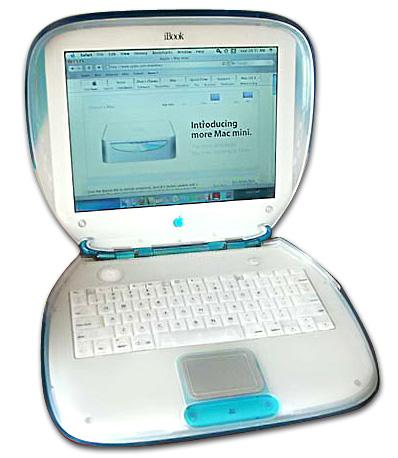
Also, you glossed over why Jobs wasn't happy with Michael Dell.
And people thought Jobs was arrogant.
Fast forward some 20 years later and look where Apple and Dell are now.
This is why you think before you speak. Otherwise it can come back to bite you.